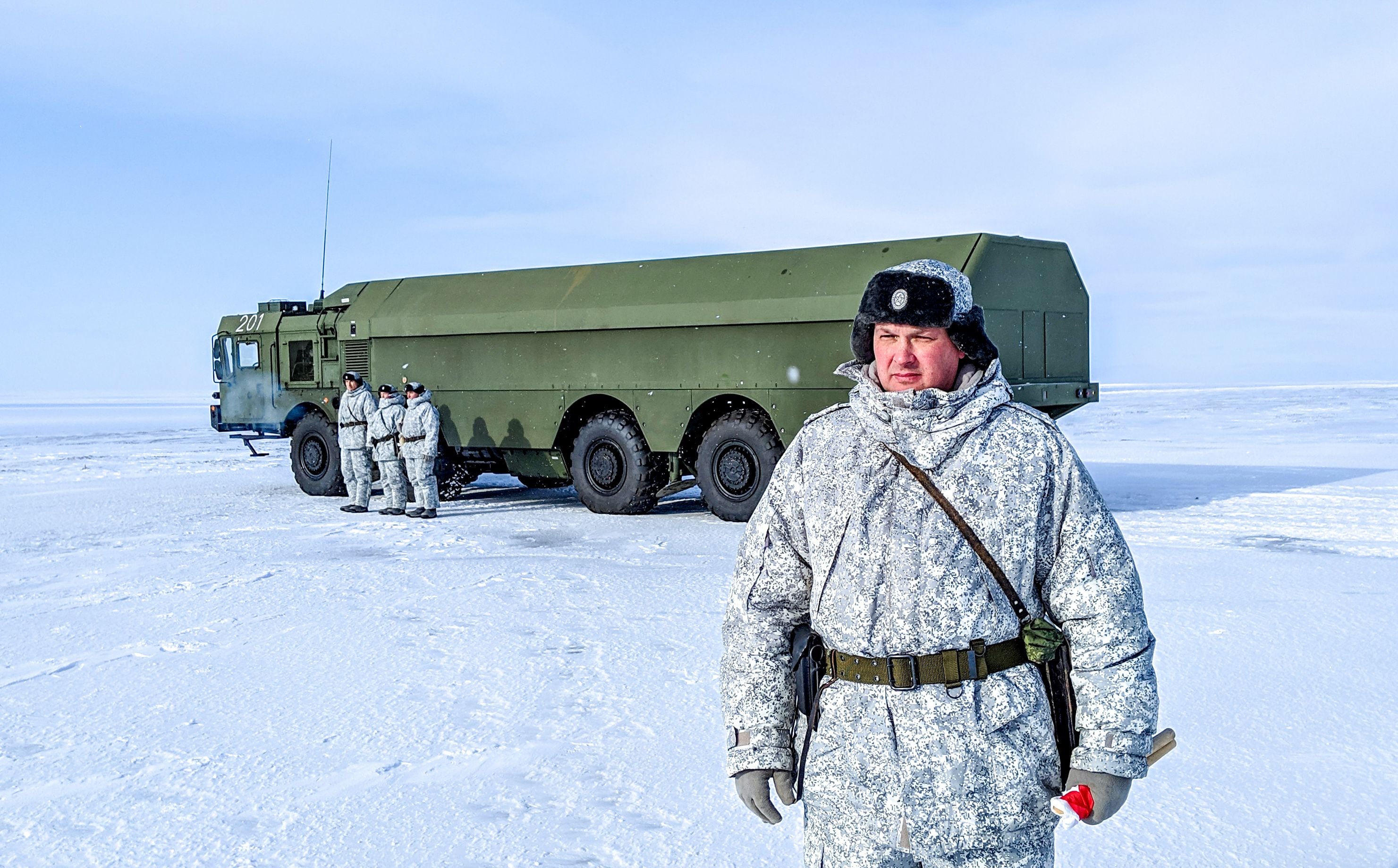For most of us, the temporary loss of broadband internet is an irritant that in the vast majority of cases is resolved in a matter of minutes or hours. Recently, the residents of Nome and other communities on Alaska’s north slope experienced a loss of their broadband service that impacted high-speed internet availability for weeks.
A submarine fiber optic cable, buried under the ocean floor miles offshore, was cut by sea ice that actually scraped into the sea bottom.
RELATED

At first glance this may appear to be an entirely local problem in a very remote and sparsely populated area of our country. Instead, this outage should serve as a clarion call to the U.S. Department of Defense. This episode starkly illustrates the fragility of telecom infrastructure in Alaska, where climate, terrain, and distance all conspire to frustrate not just repair efforts from a once-in-a-generation act by Mother Nature, but also to the initial construction of the infrastructure itself.
While improving resiliency and redundancy in telecom infrastructure is certainly a priority for Alaskans, it is also a national security imperative for our entire country.
Alaska is home to nine military installations contributing to a myriad of missions. It’s only U.S. state that hosts its own Sub-Unified Command, Alaska Command, which is charged with integrating and directing all DoD activities throughout the state. It is also home to the Alaska NORAD Region, whose mission is to detect incoming threat aircraft, scramble air defense fighters, refuel tankers and Airborne Warning and Control aircraft to intercept the intruders and, if need be, shoot them down.
The lion’s share of the country’s missile defense capability is situated within Alaska. Early warning radars, such as those on the island of Shemya and at Clear Space Force Station, are designed to detect and track incoming inter-continental ballistic missiles. They in turn pass this high-resolution data to Fort Greely, Alaska, and the field of ground-based interceptor missiles in silos there, where they then can be launched to destroy the threat ICBMs.
Lastly, Alaska serves as a power projection platform in support of DoD’s Indo-Pacific Command. U.S. Army and Air Force forces, stationed primarily near Anchorage and Fairbanks, live and train in Alaska but are focused westward on supporting INDOPACOM should conflict erupt in its area of responsibility.
This array of forces and missions has been built over decades, in response to the national security realities of the day. However, things are changing. The Arctic is heating up, both literally and figuratively.
Increased Great Power competition in the Arctic has been the stuff of headlines and punditry of late, from national security experts to think tanks such as the Brookings Institution and the Center for Strategic and International Studies. Recognizing the strategic importance of the Arctic, DoD’s 2019 Arctic Strategy stated, “In different ways, Russia and China are challenging the rules-based order in the Arctic. Russia regulates maritime operations in the (Northern Sea Route), contrary to international law, and has reportedly threatened to use force against vessels that fail to abide by Russian regulations…China is attempting to gain a role in the Arctic in ways that may undermine international rules and norms, and there is a risk that its predatory economic behavior globally may be repeated in the Arctic.”
This increased competition, proximity of forces, and potential adversary militarization of the Arctic sends a demand signal to DoD for increased all-domain awareness within the Arctic. Long a priority for NORTHCOM, situational awareness in the air, surface, and subsurface domains is essential to our homeland defense.
This enhanced awareness will necessitate increased data sharing infrastructure - telecommunications infrastructure - to facilitate decision making and command and control of our forces.
Common cause with private partners
Fortunately, DoD should find common cause with public and private partners. As Alaska looks to expand, harden, and diversify its telecommunications infrastructure, DoD may find a path towards burden sharing that will prove advantageous to all.
Brookings’ Jeremy Greenwood writes, “Targeted and expedited sustainable investments in Alaska are the first steps toward a sound U.S. Arctic policy. There is a desperate need for…communications infrastructure; all of these investments would benefit the indigenous communities of Alaska, while providing a dual-use capability for U.S. forces operating in the region.”
In CSIS’ America’s Arctic Moment, authors advocate for an “Arctic Security Initiative” that would “fund Arctic public-private infrastructure projects to further domain awareness (emphasis added) and safety. Projects might include…telecommunications systems.” A stronger case for public-private investment would be hard to find.

Increasing resiliency and redundancy in Alaskan telecommunications systems will require the state and federal governments to incentivize private industry to invest in Alaska telecom. This could include outright grants, or tax incentives for companies to establish infrastructure, explicitly for dual private and DoD use. Incentives should reward innovation and risk-taking - building and operating in Alaska is not for the faint of heart, as trailblazing companies working in Alaska now know well.
And government at no level should preemptively pick winners and losers. Terrestrial, submarine, and space-based telecom systems should all be included in the mix, synergies found, and then exploited.
As the Great Power competition unfolds, DoD’s absolute requirement for increased high-speed broadband access will only become greater. The Secretary of Defense must articulate this requirement throughout the administration and Congress to spur adequate appropriation of funds.
There is, indeed, a price to pay for inaction.
Retired Air Force Maj. Gen. Howard “Dallas” Thompson is a former Chief of Staff at NORAD and NORTHCOM, and has been widely published on national security and defense issues.








